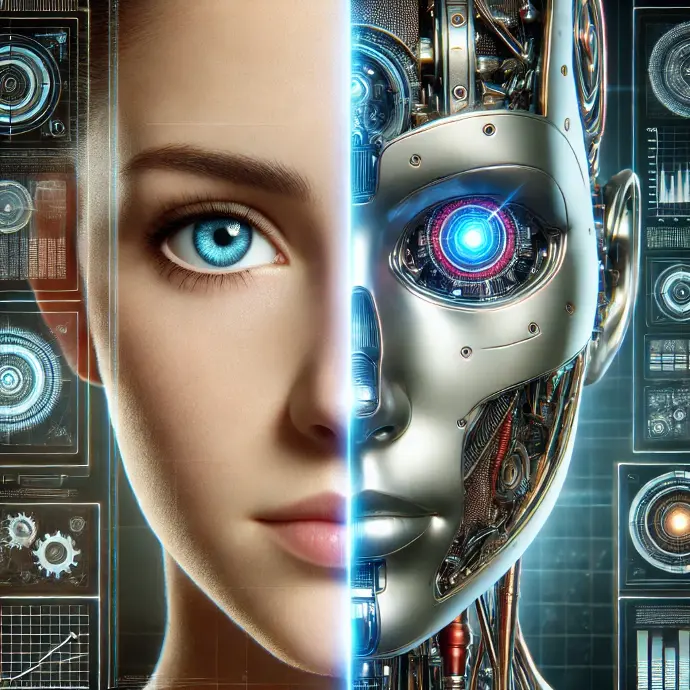Reshaping the Future
Artificial Intelligence (AI) continues to revolutionize the way businesses leverage data for decision-making and operational efficiency. As organizations strive to stay competitive in a rapidly evolving digital landscape, AI-driven analytics and automation are at the forefront of this transformation. Here, we explore the key trends shaping the future of these technologies.

1. Real-Time Analytics
The demand for real-time insights has grown exponentially as businesses seek to make faster, data-driven decisions. AI-driven analytics platforms now integrate seamlessly with Internet of Things (IoT) devices, enabling organizations to process and analyze data streams in real-time. This capability is particularly valuable in industries like manufacturing, healthcare, and finance, where timely insights can prevent costly errors and improve outcomes.
2. Advancements in Large Language Models (LLMs)
The development of LLMs, such as OpenAI's GPT models, has significantly enhanced the capabilities of AI-driven analytics. These models excel in natural language processing (NLP), enabling businesses to extract insights from unstructured data sources like emails, reports, and social media. LLMs also facilitate more intuitive interactions with analytics tools through natural language queries, democratizing data access and analysis for non-technical users.
Beyond analytics, LLMs are driving automation in tasks like content generation, customer support, and document summarization. For instance, chatbots powered by LLMs can handle complex customer inquiries, while summarization tools can condense lengthy documents into actionable insights, saving time and resources.
3. Predictive and Prescriptive Analytics
AI has moved beyond descriptive analytics, which focuses on past data, to predictive and prescriptive analytics. Predictive analytics uses machine learning (ML) algorithms to forecast future trends and outcomes, while prescriptive analytics provides actionable recommendations based on these predictions. For example, AI-driven tools can predict equipment failures in manufacturing and suggest maintenance schedules to minimize downtime.
4. Hyperautomation
Hyperautomation, the combination of advanced AI tools with robotic process automation (RPA), is transforming business operations. This trend involves automating end-to-end processes, from data collection to analysis and decision-making. By integrating AI-driven analytics with automation workflows, organizations can achieve unprecedented levels of efficiency and accuracy.
5. Ethical AI and Explainability
As AI-driven analytics and automation become more prevalent, concerns about ethical AI and explainability have come to the forefront. Organizations are increasingly adopting frameworks to ensure transparency, fairness, and accountability in their AI systems. Explainable AI (XAI) tools help stakeholders understand how AI models generate insights and recommendations, building trust and compliance with regulatory standards.
6. AI in Edge Computing
The integration of AI with edge computing is another significant trend. By processing data closer to its source, edge AI reduces latency and bandwidth costs while enabling real-time decision-making. This approach is especially valuable in sectors like autonomous vehicles, smart cities, and remote monitoring systems.
Conclusion
AI-driven analytics and automation are reshaping industries, unlocking new possibilities for efficiency, innovation, and growth. The advancements in LLMs are particularly noteworthy, as they bridge the gap between complex data and human understanding. As these technologies continue to evolve, businesses that embrace these trends will be well-positioned to thrive in the age of digital transformation.